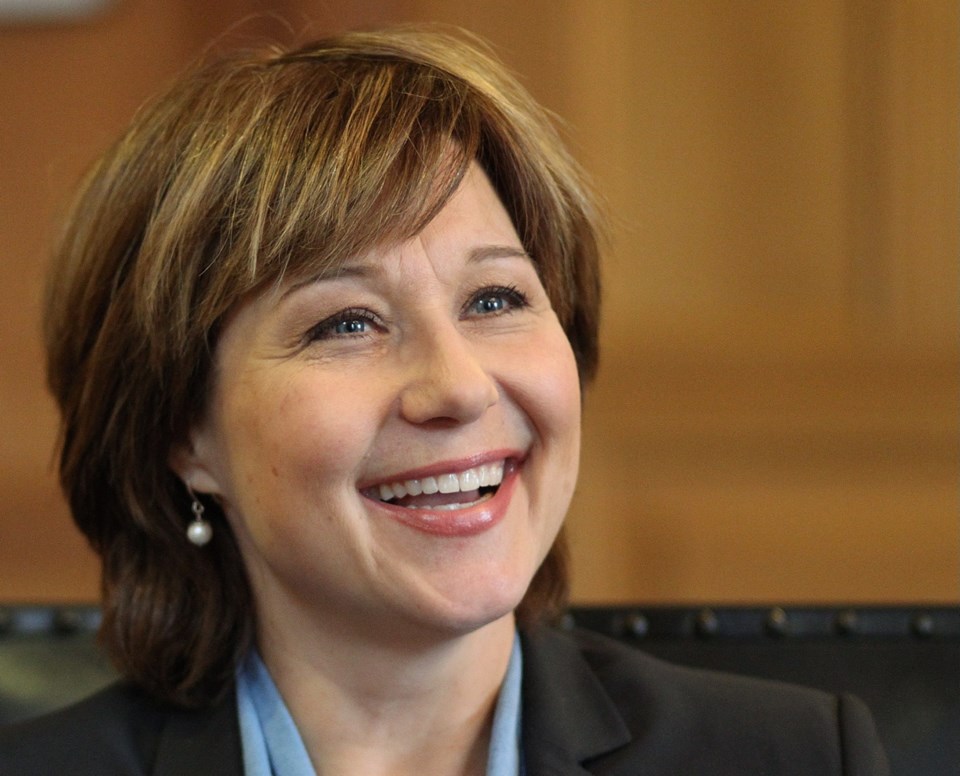With just three days to go until the provincial election, the smallest developments often take on over-sized importance.
Hence, a report Friday that B.C.’s unemployment rate dropped in April by six-tenths of a percentage point was either proof of the Liberal government’s effectiveness or further evidence of its ineptitude— depending on which party you asked.
Experts, however, see little value in comparing month-to-month statistics, since they can fluctuate wildly.
Statistics Canada reported that B.C. added about 9,500 full-time jobs in April, while the unemployment rate fell to 6.4 per cent from seven per cent in March.
Read more election coverage HERE
The numbers reversed the previous month’s downturn, when B.C. lost about 15,000 jobs and the unemployment rate climbed seven-tenths of a point to seven per cent.
“So if the Liberals claim that the April numbers show that their job plan is working, they must also accept blame that it was not working in March,” said Elisabeth Gugl, an assistant professor of economics at the University of Victoria.
“Of course, the same goes for the NDP: If they were all too happy to blame the Liberals for the bad B.C. performance in March, by their own logic, the Liberals deserve … credit in April.
“Neither party can have it both ways.”
Both, however, tried to do just that Friday.
The Liberals immediately issued a news release portraying the numbers as proof of strong leadership and the success of their jobs plan.
“Premier Christy Clark and today’s B.C. Liberals have a clear plan for controlling spending and growing the economy — and it is working,” Finance Minister Mike de Jong said in the statement.
The NDP, meanwhile, pointed out that the jobless numbers were still higher than they were in February. Leader Adrian Dix also noted that the province has lost 44,000 private-sector jobs since the Liberals’ jobs plan was announced.
“I don’t take any pleasure in the fact that the premier’s jobs plan hasn’t succeeded because it’s not the premier that pays the price for that, or the Liberal party that pays the price for that — it’s the people who pay the price for that,” he said.
Greater Victoria’s unemployment rate, meanwhile, dropped to 5.3 per cent as the size of the labour force declined by 6,000 year over year.
“It wasn’t more people working that brought the unemployment rate down, it’s a decline in the labour force,” said Statistics Canada spokesman Vincent Ferrao.
The capital region’s unemployment rate was down from 5.5 per cent in March.
New data showed that the size of Victoria’s labour force shrank to 194,300 from 195,800 month over month. The number of people working decreased to 184,000 from 185,000 from March to April.
Sectors with job growth include the professional, scientific and technical services category, which rose to 18,800 from 16,400 between April 2012 and April of this year.
Public administration climbed to 20,700 yearly from 19,100.
Construction jobs slipped to 10,900 year over year from 14,400. Finance, insurance, real estate, and leasing fell to 8,000 from 11,000.
— with a file from Rob Shaw
Job market toughest on young Canadians, B8



